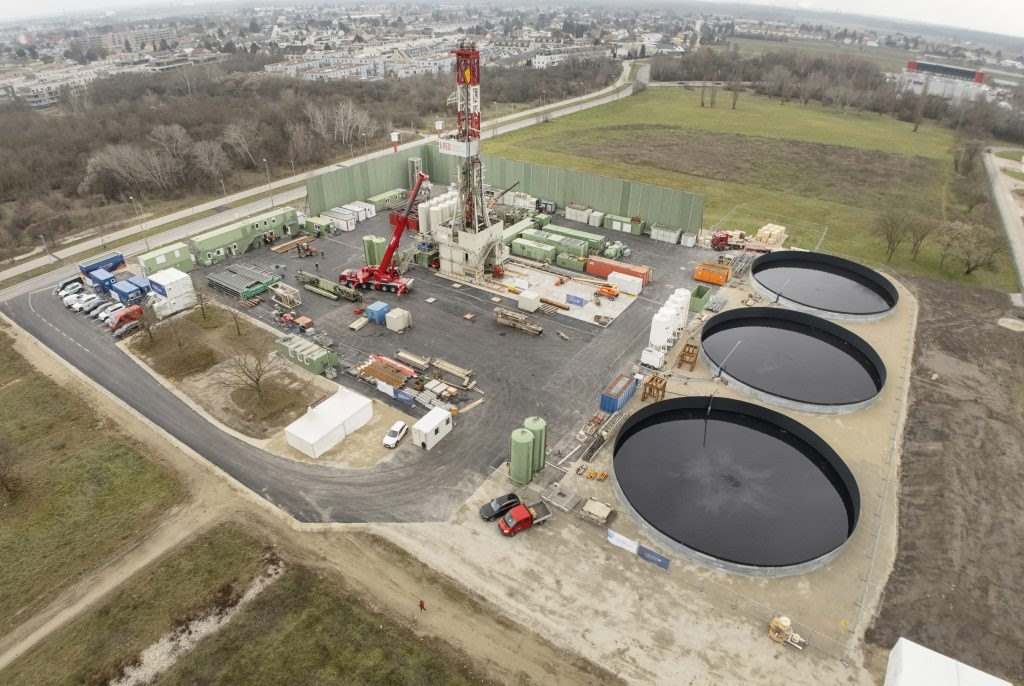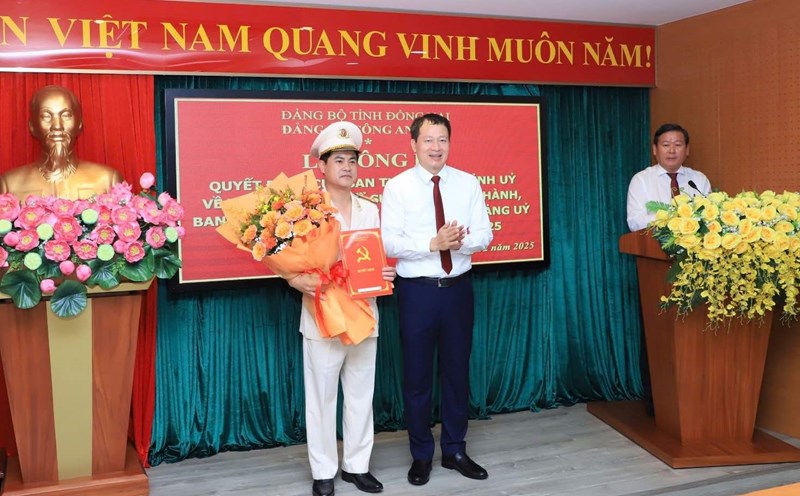Just a few minutes' walk from a metro station in the northeast corner of Vienna ( Austria), the sight at hand may mistakenly make many people think they are in Texas: A bored rig over 40m high is perched on an empty ground. But instead of oil, the wells will pump about 6.4 million liters of hot water per day from deep underground to provide heat to 20,000 households in Vienna.
The New York Times said the thermal power project is part of OMV's long-term strategy, a multinational energy giant based in Vienna, to wean itself off Russian gas after 60 years.
Since 1968, Austria has been one of the first European countries to import gas from Russia. Over time, this dependence has deepened, reaching 90% of total consumption at the peak.
However, the conflict in Ukraine that broke out in 2022 has created pressure for Austria to change.
Since the beginning of 2024, the gas pipeline from Russia through Ukraine and Slovakia to Austria has officially stopped operating, marking a historic turning point. For the first time in 60 years, Austria no longer has Russian gas in its energy portfolio.
As Austria's largest energy group, OMV has planned to exit Russian gas with a strong diversification strategy.
OMV is importing gas from Norway, where it has its own facilities. Gas pipelines from Norway to Germany are currently the main supply for the Austrian market.
OMV has also set a ahead payment for liquefied natural gas (LNG) imports at the port of Rotterdam (Netherlands) - one of the largest LNG hubs in Europe. The company also signed long-term contracts with BP (UK) and Cheniere Energy (USA) to ensure a stable supply of LNG.
Austria has a long-standing oil and gas industry, mainly operated by OMV. Currently, the country has about 1,000 oil and gas wells spread over about 3,900 km2 in the eastern plains of Austria.
OMV recently discovered its largest gas field in 40 years at Wittau, near Vienna. If successful, Austria's domestic gas production could increase by 50%.
One of OMV's most ambitious projects is geothermal exploitation right in Vienna.

The company is drilling a well nearly 3km deep into a layer of foam rock containing hot water from 16 million years ago. When completed, the system could significantly reduce the need for gas in the heating system of the Austrian capital.
In the future, Austria could benefit from a huge gas project in Romania - its eastern neighbor. OMV Petrom, a subsidiary of OMV, is developing the Neptun Deep gas field in the Black Sea.
If the project is successful, Romania could become the largest gas producer in the European Union (EU), supplying gas to industrial European countries, including Austria.
Despite removing Russian gas from the portfolio, OMV and Austria still face a difficult problem: gas prices in Europe are still significantly higher than before the Ukraine conflict.
OMV's CEO believes that the only way to reduce gas prices is to expand supply inside and outside Europe, from renewable sources such as geothermal to new trade partners such as the US, Norway, and Romania.
The European energy crisis is far from over, but Austria's decision to become a "rator of history" could serve as a premise for a new energy era, no longer dependent on a single supply source.











